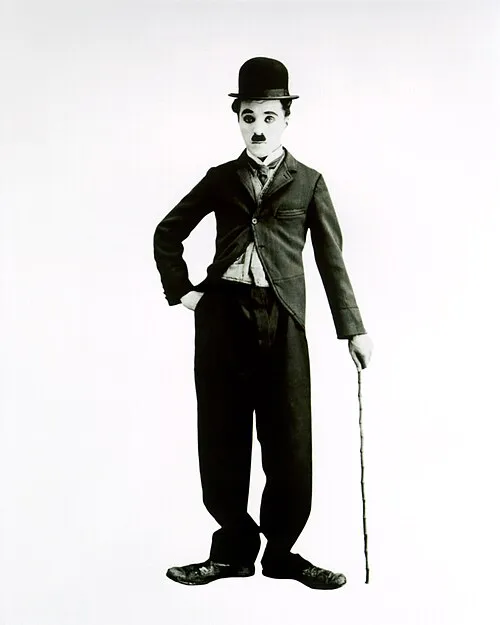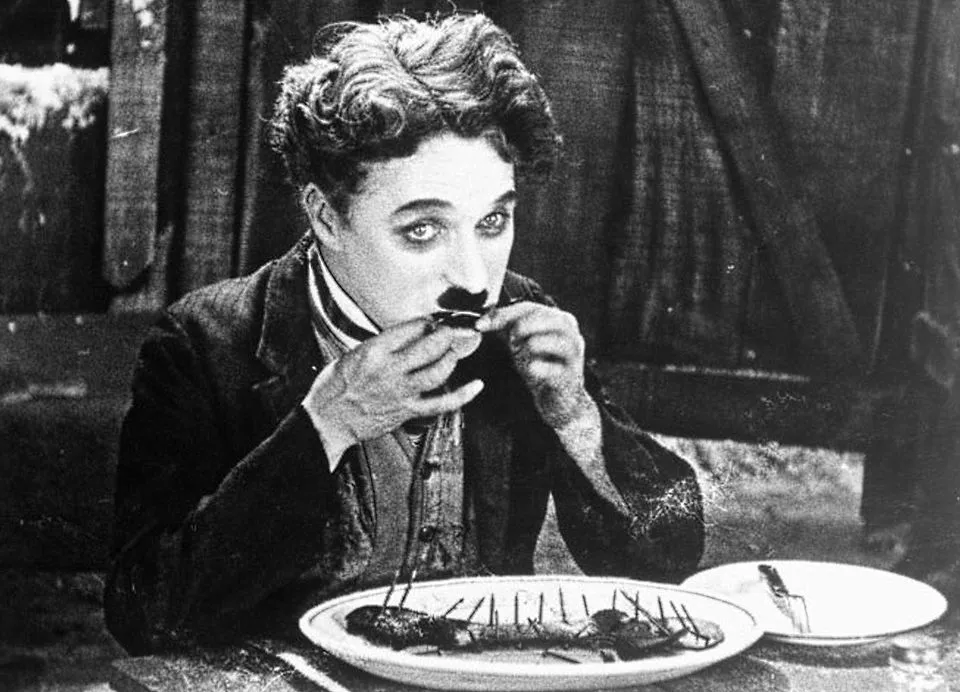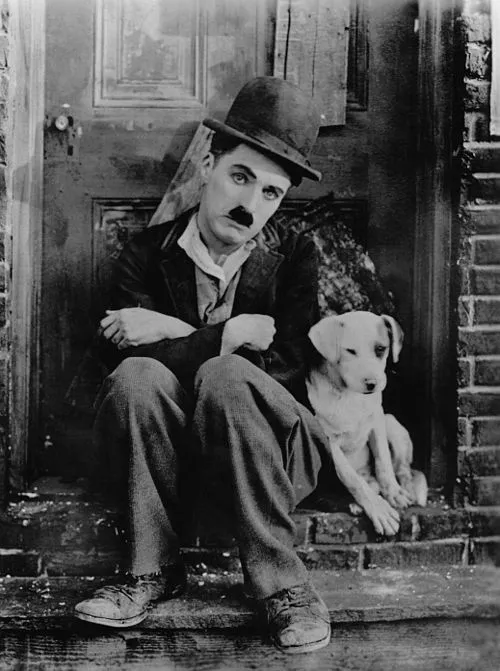Charlie Chaplin: A Life in Motion and Photographs
Charlie Chaplin — the name itself brings an instant smile. With his bowler hat, toothbrush mustache, and cane, Chaplin turned silent cinema into a universal language of laughter, hope, and sometimes tears. This article explores his life, his films, his struggles, and the countless fascinating facts that made Chaplin not only a film star but a timeless cultural icon.

Iconic image of Chaplin from the 1910s. Year: 1916. Public Domain. link
Early Life and the Rise of Charlie Chaplin
Born in London in 1889, Charlie Chaplin’s story is one of hardship turned into genius. He grew up in poverty, often relying on workhouses when his family couldn’t afford rent. His mother was a singer, his father an absent alcoholic, leaving young Charlie to fend for himself far too soon. This tough childhood built resilience and a deep understanding of human struggle, later reflected in his work.
By the time Chaplin joined the Fred Karno pantomime troupe, he had developed impeccable timing, slapstick finesse, and a unique stage presence. When he arrived in America in 1910, Hollywood was just beginning. Chaplin quickly signed with Keystone Studios, introducing the world to “The Tramp,” a character who was poor, clumsy, and yet filled with heart.

Promotional still from “The Gold Rush” (1925). Year: 1925. Public Domain. link
Masterpieces of Silent Cinema
Chaplin’s genius lay in combining comedy with social commentary. His film The Gold Rush (1925) remains one of the greatest silent films ever made, with the famous “dinner roll dance” scene. His ability to turn hunger, poverty, and loneliness into laughter was unmatched.
In City Lights (1931), Chaplin created one of cinema’s most emotional endings, where The Tramp helps a blind flower girl regain her sight. And in Modern Times (1936), Chaplin used humor to critique industrialization, showing how factory workers were turned into machines. His artistry always went beyond simple jokes — he gave humanity to the voiceless.

Famous shoe-eating scene from “The Gold Rush.” Year: 1925. Public Domain. link
The Kid and The Human Touch
If one film defines Chaplin’s mix of comedy and emotion, it’s The Kid (1921). The story of The Tramp caring for an abandoned boy captured the struggles of fatherhood, poverty, and love in one brilliant narrative.
Jackie Coogan, who played the boy, became the first major child star thanks to this film. The movie also reflected Chaplin’s personal life — he had just endured the loss of his first child, and the raw emotion translated beautifully to the screen. The Kid set the standard for blending heartfelt storytelling with slapstick humor.

Still from “A Dog’s Life” (1918), Chaplin with dog companion. Year: 1918. Public Domain. link

Chaplin holding Jackie Coogan in “The Kid” (1921). Year: 1921. Public Domain. link

Emotional moment from “The Kid” (1921). Year: 1921. Public Domain. link
Politics, Exile, and Later Triumphs
Despite his fame, Chaplin was not free from controversy. His outspoken political views and criticism of capitalism put him under scrutiny. During the McCarthy era in the United States, Chaplin was accused of communist sympathies. In 1952, after leaving for the London premiere of Limelight, he was denied re-entry to America.
He settled in Switzerland with his fourth wife, Oona O’Neill, and their children. From there, he continued to write and produce films, though none achieved the cultural explosion of his earlier works. In 1972, the Academy honored him with an honorary Oscar, bringing him back to America for one emotional night where he received a 12-minute standing ovation — the longest in Oscar history.

Chaplin working in “Behind the Screen.” Year: 1916. Public Domain. link

Studio portrait of Charlie Chaplin, circa 1920s. Year: 1920s. Public Domain. link

Chaplin holding a doll of himself. Year: 1918. Public Domain. link

Chaplin holding honorary Oscar. Year: 1972. Public Domain. link

Chaplin with his wife Oona Chaplin. Year: 1972. Public Domain. link
Legacy of Charlie Chaplin
Charlie Chaplin is remembered not just as a comedian but as a philosopher of film. He proved that cinema could be both entertaining and profound, accessible yet deeply human. His influence on filmmakers from Fellini to Kubrick is undeniable. Even today, memes, animated parodies, and cultural references to “The Tramp” show that Chaplin never left us.
👉 Explore more galleries on our site to discover stories of history’s greatest famous people, old technologies, and sports & competition.


